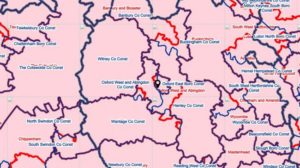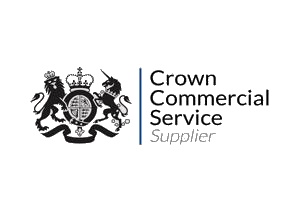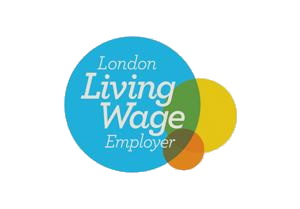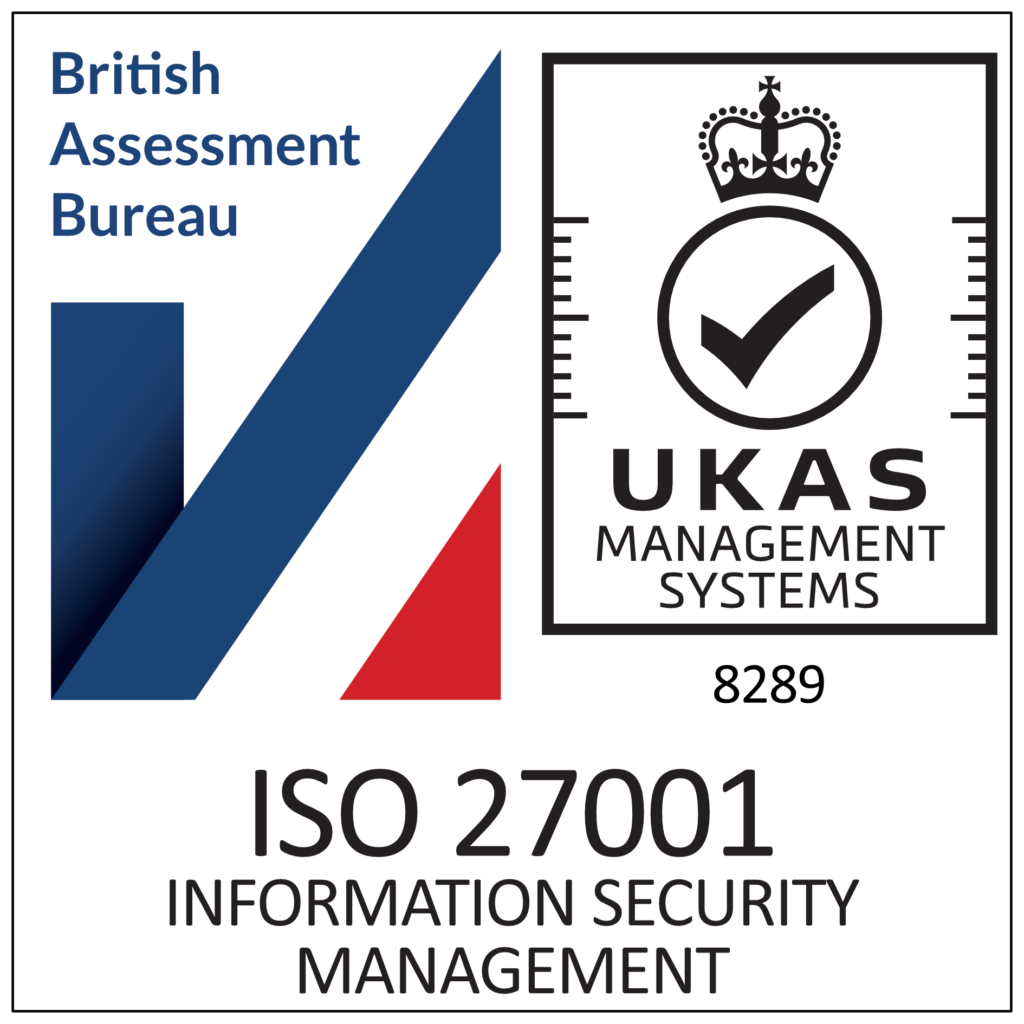The Boundary Review is Here. What Now?
 As MPs and constituency officers pore over the details of the review released publicly this morning, there may well be some fulminating and harrumphing about some of the changes.
As MPs and constituency officers pore over the details of the review released publicly this morning, there may well be some fulminating and harrumphing about some of the changes.
Whilst overall the review is seen by many commentators as consolidating or improving the Conservative position, there are places where sitting Conservative MPs might be feeling more vulnerable this morning.
Changes to seats in Buckinghamshire, especially around Milton Keynes, might see a safer Labour seat centred on the city, with some blue-on-blue fights for safer Conservative seats around it. Dominic Raab may well be feeling uncomfortable in Esher & Walton in Surrey.
In West London, Hammersmith gains part of Chiswick (and is suitably re-named) so is a more enticing prospect for the Tories, but they will face a much tougher battle in neighbouring Kensington & Westbourne with the addition of some heavily Labour-leaning wards from Westminster.
In East London, the changes to Dagenham and Rainham, where Jon Cruddas hung on by fewer than 300 votes, could make that even more marginal. However, Sir Iain Duncan Smith in Chingford & Woodford Green has gained a Tory-held ward, but that was won by only a handful of votes in the 2018 borough elections. That arrangement is further complicated by a ward boundary review which the commission hasn’t picked up – if they do so in their final recommendations, that could strengthen IDS’s position a little more.
Over the next seven and a bit weeks, associations and MPs will be meeting and trying to agree their responses. As far as possible the Parties will try to coordinate this so as to avoid public disagreement, which other parties might well exploit. However, the basis for those discussions has to be the electoral data and understanding the consequences of the changes to probable results.
A deep-dive analysis of the data held at constituency level can help make a better argument to your colleagues at this stage and inform whether you need to be running a campaign to support or oppose them. Or possibly even to support part of a proposal for a seat, as well as opposing other elements of it.
The really important factor to consider is the weight that the commissioners will place on the responses they receive, depending on from whom they receive them. An MP, constituency association or Party arguing for a convoluted outcome with the clear intention of bolstering their own position is going to be well down the pecking order. The Residents Association, which has consulted its members and submitted something with real-life reasons for some streets to remain with a seat or move to another carries far more weight.
There may also be technical issues which the commission can be persuaded to re-visit. We are aware that there were some technical glitches with local government boundary reviews which resulted in a delay to publication of final recommendations. As a consequence, the commission has not used boundaries which will be used for elections next year, possibly three years before the next General Election. This seems absurd, but there may well be arguments which can be made to support the commissioners taking a more pragmatic approach.
Analysing your data is essential to defining the outcomes which you want to support. The research team at College Green Group can help you do that from your own electoral data and other sources. Our campaign consultancy can then help you to build the on-the-ground and online campaigns necessary to elicit that public and community support which carries the most weight with the commission. Finally, crafting the messages to be used in your response to the commission, so your arguments are well put and as persuasive as possible, is something College Green Group has done for many campaigns.
If you would like to discuss how College Green Group can help you at this crucial stage, please call John Moss on 07 970 731 826.
Find out more about what College Green Group can do for you
Contact us for a consultation by entering your details below:



